The implementation of Zero Trust architecture fundamentally redefines cybersecurity by eliminating assumptions of inherent trust. Zero Trust architecture requires rigorous identity verification, enforces least privilege access principles, and applies continuous monitoring techniques. Critical digital assets are segmented and fortified to withstand potential breaches. The Zero Trust model anticipates security breaches, incorporates multi-factor authentication, and aligns with strategic cybersecurity objectives. Skilled cybersecurity professionals and AI-driven tools are essential for conducting ongoing security assessments. Zero Trust architecture provides organizations with a proactive approach to cybersecurity. Explore how these strategies can transform security frameworks in dynamic digital environments.
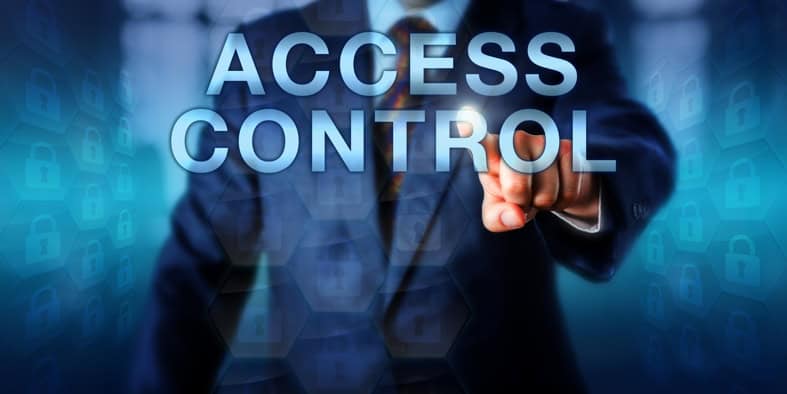
Table of Contents
Understanding the Zero Trust Model
The Zero Trust Model represents a significant transformation in cybersecurity frameworks. This model is based on the principle of “never trust, always verify,” which redefines organizational approaches to data protection.
The benefits of the Zero Trust Model are listed below:
- Heightened security by assuming a breach has occurred.
- Enforcing strict identity verification protocols.
- Minimizing lateral movement within networks to contain potential threats.
Implementing the Zero Trust Model presents notable challenges. A considerable investment in technology is required, alongside a cultural shift towards stringent access controls.
Additionally, integration into existing systems can be both complex and resource-intensive. Despite these challenges, the potential of the Zero Trust Model to significantly improve security posture makes it an appealing strategy for organizations aiming to protect against increasingly sophisticated cyber threats.
Key Principles of Zero Trust Architecture
Zero Trust Architecture represents a significant transformation in cybersecurity paradigms by implementing a rigorous verification process for every access request.
The foundational principles of Zero Trust Architecture include data segmentation and threat modeling, ensuring a robust defense strategy. This architecture operates on the premise of “never trust, always verify,” thereby minimizing implicit trust within network perimeters.
The key principles are detailed below:
- Data Segmentation: Data isolation is pivotal to minimize risk exposure and control access efficiently.
- Threat Modeling: Continuous evaluation of potential vulnerabilities and attack vectors is essential.
- Least Privilege Access: Users are granted only the minimal access necessary for their specific roles.
- Continuous Monitoring: Persistent analysis of network activity is crucial for anomaly detection.
These principles establish a security posture resilient against modern threats, ensuring that trust is established through rigorous verification rather than assumptions.

Identifying and Protecting Critical Assets
The identification and protection of critical assets are fundamental to maintaining cybersecurity integrity within a Zero Trust Architecture.
What constitutes vital asset identification? It involves pinpointing the most valuable data, applications, and infrastructure components within an organization. This process delineates resources that require heightened security measures.
Asset protection strategies must be multifaceted. Encryption, segmentation, and continuous monitoring are essential techniques to shield these assets from potential threats.
Organizations risk exposing sensitive information to cyber threats without precise identification and strategic protection. As cyber adversaries become more sophisticated, adopting a proactive stance in safeguarding vital assets is imperative.
Such an approach ensures resilience against breaches and minimizes potential damage within a Zero Trust framework.
Establishing Strong Identity Verification
The foundation of Zero Trust Architecture is effective identity verification, which removes any presumption of inherent trust within networks. This approach depends on strong identity management and user authentication systems to evaluate every access request thoroughly.
Essential components that enhance the effectiveness of identity verification are listed below:
- Multi-factor Authentication (MFA): This security measure combines passwords with biometric or token-based verification, significantly strengthening user authentication.
- Continuous Monitoring: Real-time surveillance of user behavior is implemented to identify anomalies and potential breaches in identity management.
- Role-Based Access Controls (RBAC): RBAC establishes strict user permissions, ensuring access aligns precisely with organizational roles.
- Identity Federation: Identity federation simplifies user authentication across various platforms, reducing complexity while upholding security standards.
These measures collectively strengthen networks against unauthorized access.
Implementing Least Privilege Access
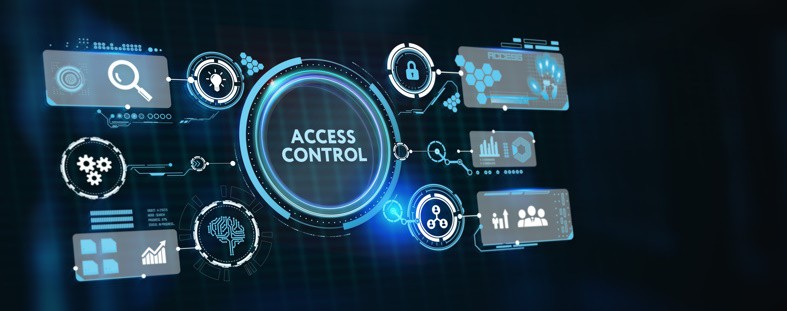
Implementing least privilege access is essential in cybersecurity and is a critical element of zero trust architecture.
Role-based access controls ensure that users receive only the necessary permissions required to perform their job functions, thereby minimizing the risk of privilege escalation. This strategy restricts access to sensitive data and critical systems, effectively reducing the attack surface and limiting potential damage from insider threats and external breaches.
The implementation of least privilege access demands a thorough understanding of user roles and requires continuous assessment of access needs. Despite its importance, many organizations fail to prioritize this strategy, leaving vulnerabilities unaddressed and exposing networks to unnecessary risk.
Effective least privilege access is fundamental to robust cybersecurity defenses.
Continuous Monitoring and Analytics
Continuous monitoring and analytics are critical components in maintaining a strong security posture within organizations that implement least privilege access. Continuous monitoring serves as a vigilant system that identifies anomalies in real-time, while proactive analytics provide insights to address vulnerabilities before they become problematic. The integration of these elements is vital for detecting and mitigating threats before they escalate.
The core components of this approach are outlined below:
- Data Collection: Accumulating comprehensive data from multiple sources ensures extensive visibility across the network.
- Automated Threat Detection: Algorithms identify unusual patterns or behaviors that may signal potential security breaches.
- Real-Time Alerts: Immediate notifications to security teams about detected threats facilitate swift response actions.
- Incident Response: Streamlined processes are essential for addressing and containing threats, thereby minimizing their impact.
This dual focus on continuous monitoring and analytics is crucial for establishing a resilient zero trust architecture.
Integrating Zero Trust With Existing Infrastructure
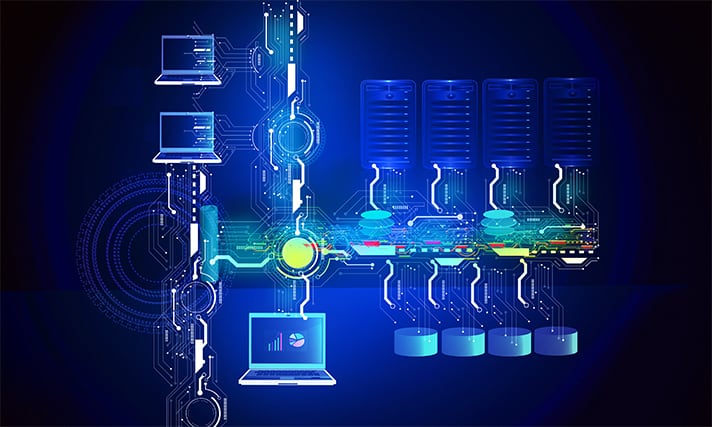
Integrating zero trust principles with existing infrastructure requires both strategic foresight and technical precision.
The reconciliation of zero trust methodologies with legacy systems, which may lack built-in security controls, is essential. This integration demands the deployment of adaptive technologies and innovative solutions to retrofit these systems effectively.
In hybrid environments where cloud and on-premises resources coexist, a nuanced zero trust implementation approach is necessary to ensure seamless security across all platforms. The adoption of micro-segmentation and continuous authentication is crucial for bridging gaps between diverse systems.
However, these complex environments necessitate an in-depth understanding of both existing infrastructure and zero trust strategies to mitigate potential security vulnerabilities and enhance cybersecurity resilience.
Successful integration fortifies defenses against sophisticated cyber threats. Integration using solutions like Zerto cyber resilience vault can really aid the protection of data and ensure rapid recovery after a cyberattack.
Enhancing Resilience With RTO and RPO
Incorporating Zero Trust architecture into an organization’s security framework significantly strengthens defenses against cyber threats, but ensuring business continuity requires a robust disaster recovery strategy. This is where Recovery Time Objective (RTO) and Recovery Point Objective (RPO) play a critical role.
RTO defines the maximum acceptable downtime after a security incident, determining how quickly systems must be restored to minimize operational disruption. Meanwhile, RPO establishes the maximum allowable data loss by setting recovery thresholds for backup and replication strategies. When aligned with Zero Trust principles, effective RTO and RPO strategies ensure rapid recovery while maintaining strict access controls and data integrity.
By integrating Zero Trust with resilient disaster recovery mechanisms, organizations can mitigate the impact of cyberattacks, ensuring that critical operations resume swiftly without compromising security. A well-defined approach to RTO and RPO enhances cybersecurity resilience, making businesses more capable of withstanding disruptions while maintaining seamless operations.
Addressing Challenges in Zero Trust Deployment
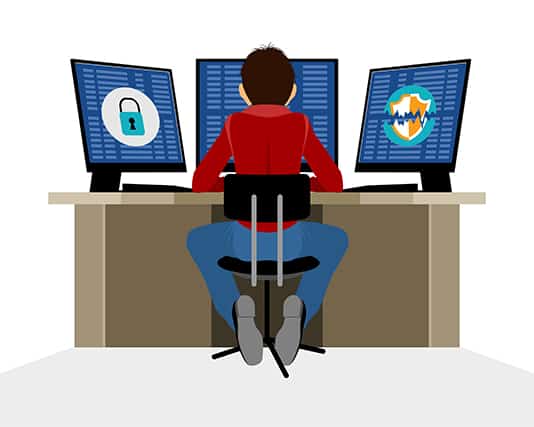
Zero trust deployment involves navigating intricate challenges beyond mere integration with existing systems. What are the key hurdles organizations face in the implementation of zero trust models?
- Legacy System Compatibility: Achieving alignment of older systems with zero trust principles without compromising their functionality is crucial.
- Cultural Resistance: Overcoming workforce apprehension towards stringent access controls inherent in zero trust models is essential for successful implementation.
- Scalability Issues: Adapting zero trust frameworks to scale efficiently with organizational growth and technological advancements is necessary to maintain security efficacy.
- Continuous Monitoring: Implementing robust mechanisms to continuously verify and authenticate user and device identities is fundamental to the zero trust approach.
Addressing these challenges requires a strategic approach that balances technological innovation with organizational readiness.
A combination of technical expertise and a commitment to evolving cybersecurity practices is indispensable for successful zero trust deployment.
Future Trends in Zero Trust Security
The future trends in zero trust security are set to transform cybersecurity significantly. How do organizations adapt to the evolving landscape of cyber threats and technological progress?
The integration of artificial intelligence and machine learning is essential for enhancing threat detection and response capabilities. Security advancements involve the implementation of micro-segmentation strategies, which ensure more granular access controls and effectively reduce the attack surface.
The proliferation of Internet of Things (IoT) devices demands the development of robust identity and access management solutions. Furthermore, the rise of decentralized networks introduces unique challenges that require innovative approaches to secure data flow and authentication.
As these trends continue to develop, adopting a zero trust architecture is crucial for maintaining resilient cybersecurity frameworks against increasingly sophisticated cyber threats.
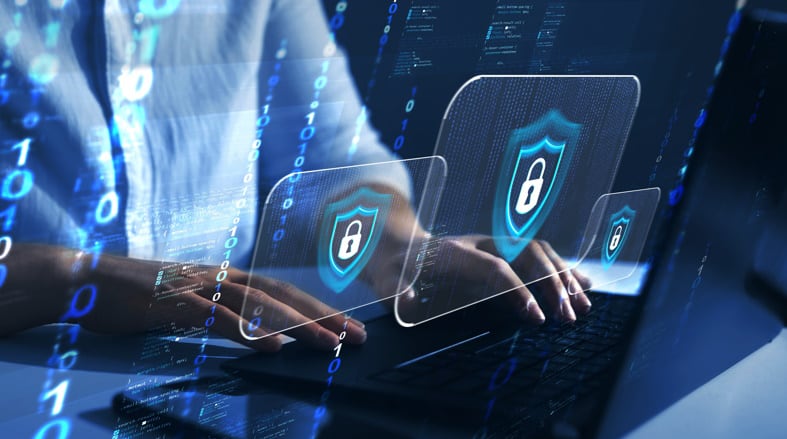
Frequently Asked Questions
How Does Zero Trust Architecture Impact Data Backup Strategies?
How does the zero trust architecture influence data backup strategies? Zero trust architecture necessitates rigorous data encryption and increased backup frequency. This approach reshapes data backup strategies by ensuring that only authenticated users can access backups. The security posture is enhanced by reducing the risk of unauthorized data access or breaches.
What Role Do AI and Machine Learning Play in Zero Trust?
What roles do artificial intelligence (AI) and machine learning play in zero trust security frameworks? AI algorithms and machine learning models significantly enhance zero trust by transforming threat detection capabilities. Behavioral analytics and security automation execute complex tasks efficiently, while risk assessment tools leverage predictive analytics to anticipate potential threats with high accuracy.
Can Zero Trust Be Effective for Small Businesses With Limited Budgets?
Zero Trust architecture can be effective for small businesses operating on limited budgets by utilizing affordable cybersecurity solutions. Essential cybersecurity measures should be prioritized to ensure robust protection of sensitive data. Minimizing vulnerabilities and implementing scalable Zero Trust practices allows small businesses to safeguard their data assets without incurring significant financial strain.
How Does Zero Trust Address Insider Threats?
How does Zero Trust mitigate insider threats? Zero Trust mitigates insider threats by enforcing rigorous trust verification protocols. Every access request undergoes strict authentication and continuous monitoring to ensure network integrity. Insider detection is improved through the analysis of user behaviors, which identifies anomalies and limits any potential lateral movement within the network.
What Industries Benefit Most From Zero Trust Implementation?
What industries benefit most from Zero Trust implementation? A 2023 study indicates that 76% of data breaches target the healthcare and finance sectors. Zero Trust architecture enhances healthcare security by safeguarding patient data. Additionally, Zero Trust ensures financial compliance through strict access controls, minimizing unauthorized access and significantly reducing breach risks.
Conclusion
The necessity of adopting a zero trust architecture in modern cybersecurity cannot be overstated. With 81% of data breaches involving compromised credentials, robust identity verification becomes crucial. Zero trust architecture principles, such as least privilege access and continuous monitoring, significantly strengthen organizational defenses. Integrating zero trust with existing systems presents challenges; however, strategic implementation ensures enhanced protection of critical assets. As cyber threats continue to evolve, zero trust architecture remains a pivotal strategy in safeguarding digital infrastructures and ensuring business continuity.
